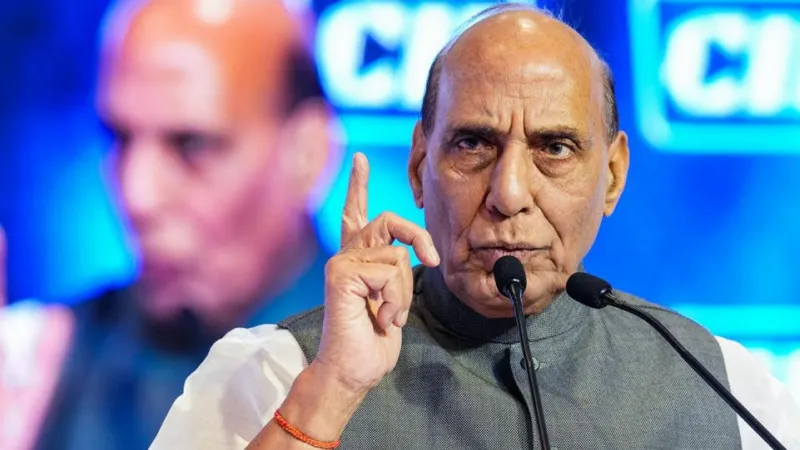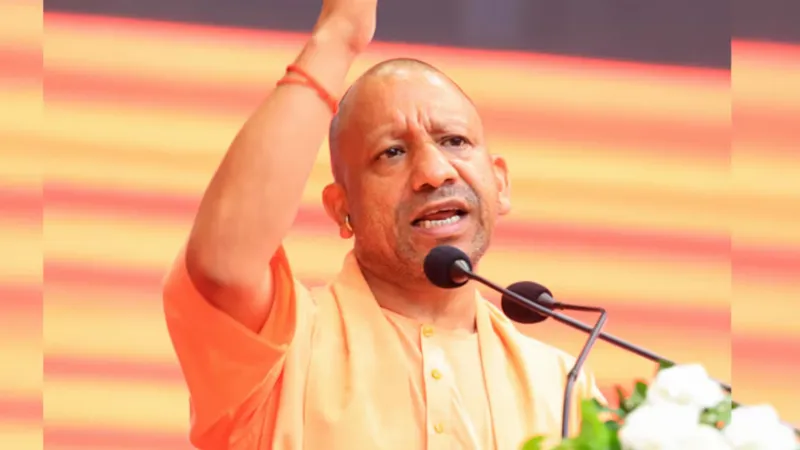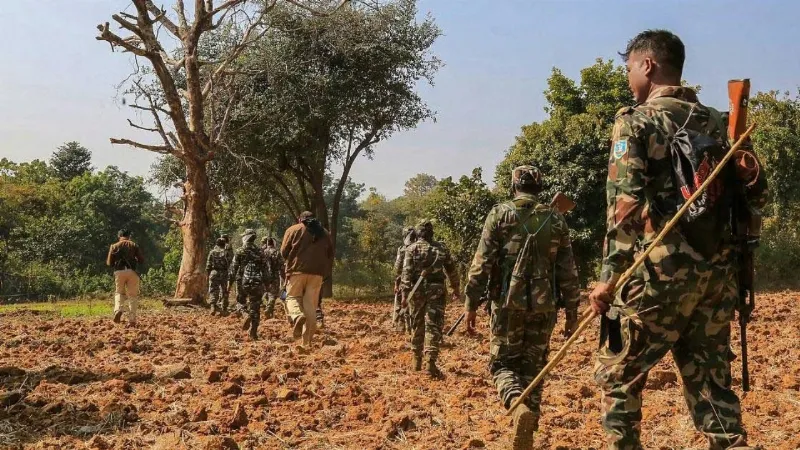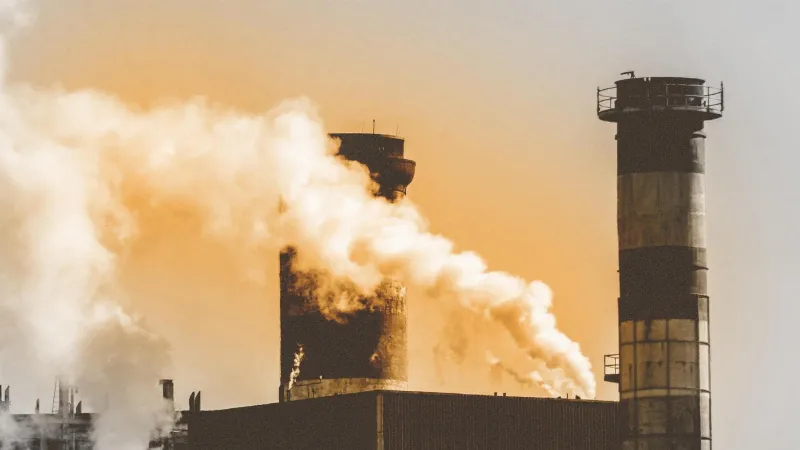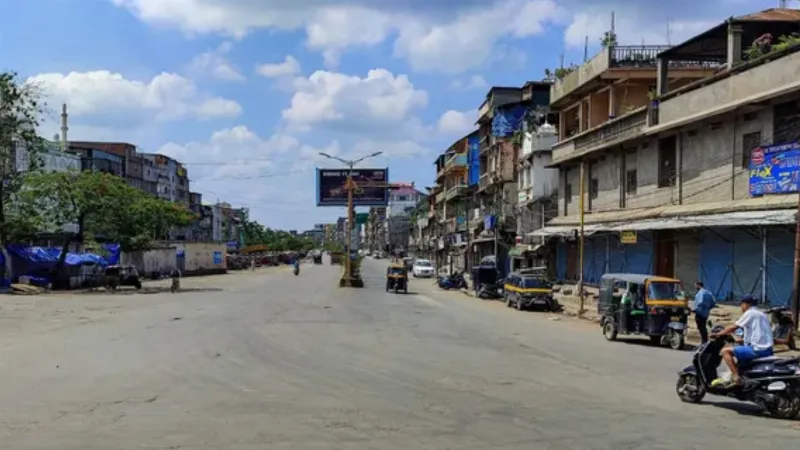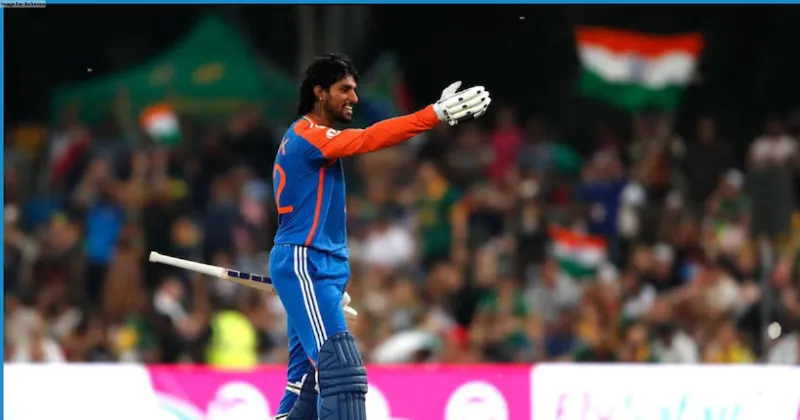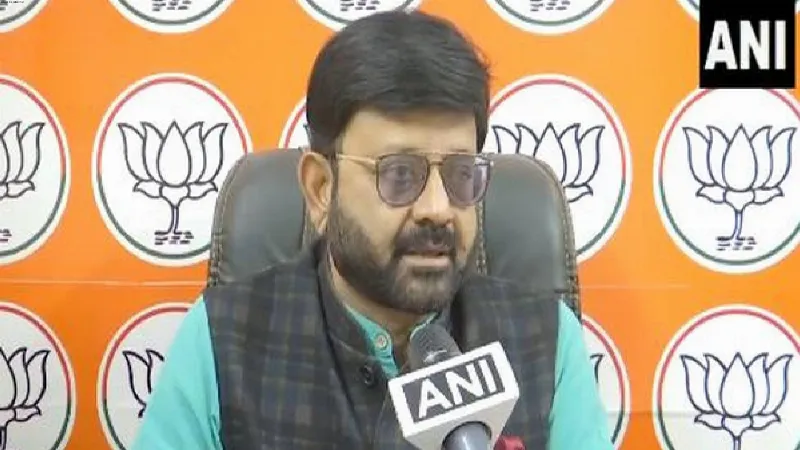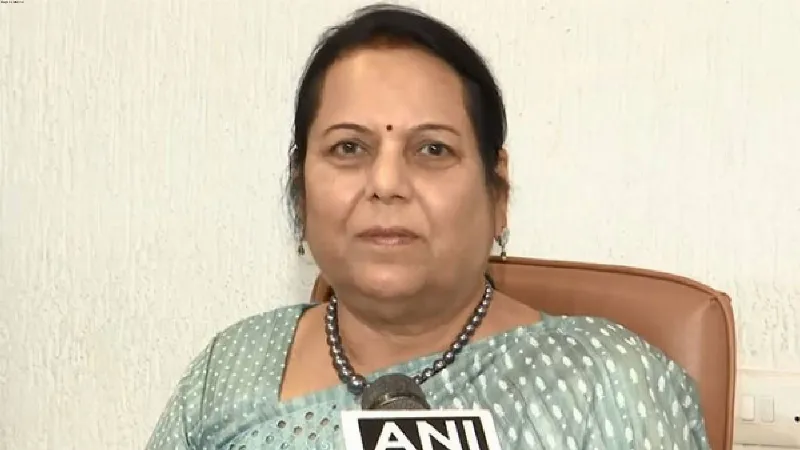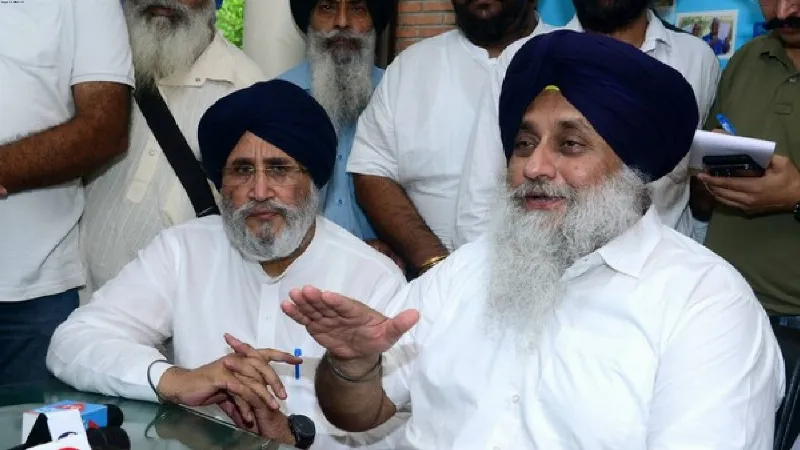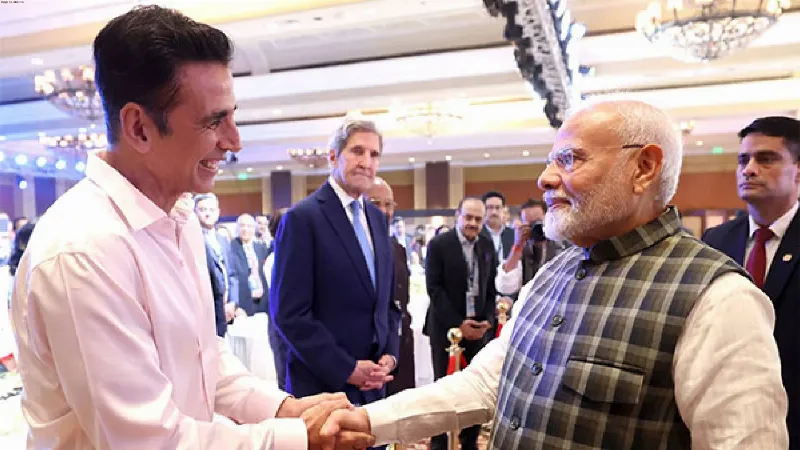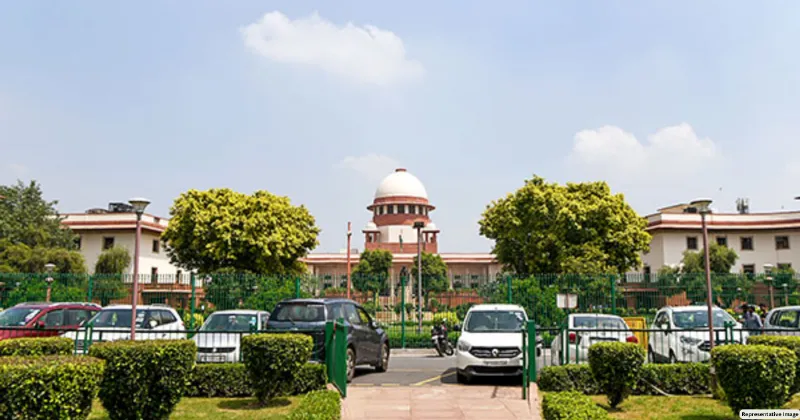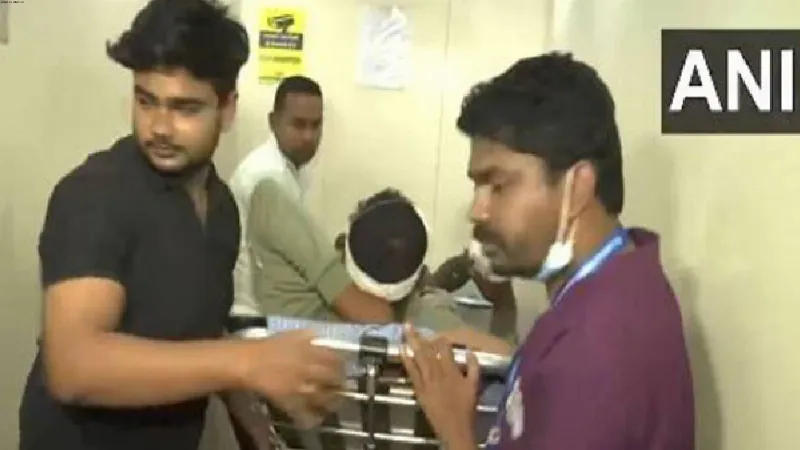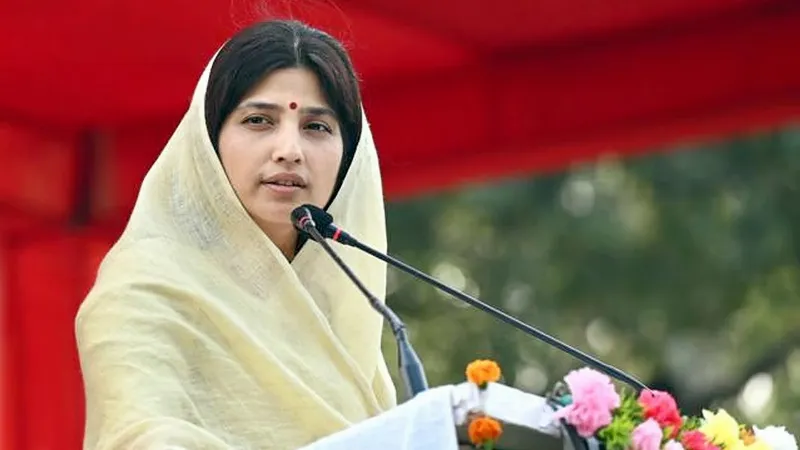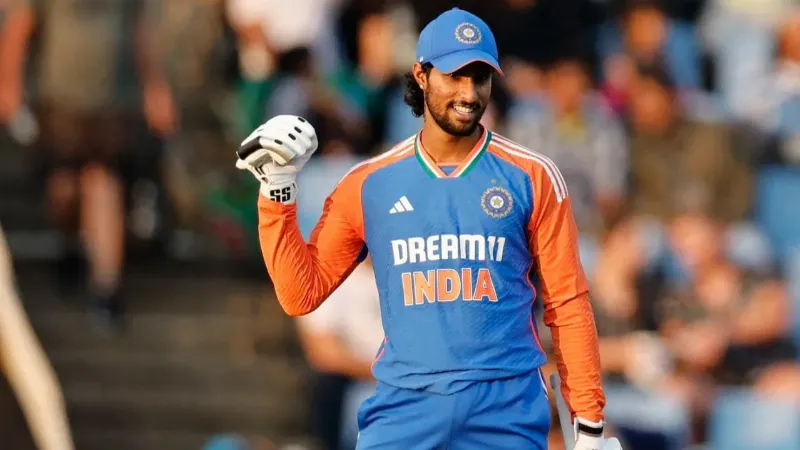Latest News
Babri demolition changed India’s political atmosphere
.png)
On December 6, 1992, the crowd became furious and demolished the disputed structure in Ayodhya. It is said that more than 1.5 lakh Kar Sevaks were present there at that time. After this, communal riots broke across the country and more than 2,000 people were killed in these riots. An FIR was registered in the case and 49 people were accused in it. After this incident, many major changes took place in the social and political atmosphere in the country.
During this period, many governments changed both at the Centre and States, leadership changed and the political scenario also changed, but Ayodhya could not get a temple for Ram. However, the matter came out of the political corridors and reached the doorstep of the Supreme Court.
PV NARASIMHA RAO DISMISSES BJP GOVTS IN FOUR STATES
Meanwhile, taking a big step, the Rao government dismissed the BJP governments of four states on the issue of deteriorating law and order situation. President’s rule was imposed by dismissing the BJP governments of Kalyan Singh in Uttar Pradesh, Shanta Kumar in Himachal Pradesh, Bhairon Singh Shekhawat in Rajasthan and Sunder Lal Patwa in Madhya Pradesh. This was the first time in the country that the Center dismissed four governments simultaneously.
However, the BJP got a strategic benefit from this and after that party made a stronger comeback in all four states. After this incident, Hindutva politics intensified in the country, and divisions were also drawn among the political parties.
While the BJP took the path of Hindutva, many parties stood in favour of Muslims. According to political experts, it was only after the Babri Masjid incident that religion-based politics gained momentum in the country, which political parties took full advantage of.
BJP GETS MAXIMUM BENEFIT OF RAM MANDIR ISSUE
BJP got the maximum benefit from the issue of the Ram Temple in Ayodhya because the allegations in this matter were being levelled against BJP only. BJP even included the Ram Mandir issue in its manifesto and the party leaders reiterated their commitment to build the Ram Temple at every platform. The BJP also raised the issue of dismissal of governments in four states prominently. Meanwhile, the BJP got the full benefit of the environment created in favour of the temple and the wave of Hindutva.
Riding on the wave of Ram Mandir, the saffron party attained power at the Center for the first time. In the General Elections held in 1996, BJP emerged as the largest party and under the leadership of Atal Bihari Vajpayee, BJP formed the government at the Centre for the first time. However, due to not being able to prove an absolute majority, that government could last only for 13 days. After two years, the BJP once again returned to power in the Lok Sabha elections and Vajpayee became the Prime Minister for the second time. Vajpayee raised his voice for Ram Temple from Parliament to the streets. Even during the trust vote of the 13-day government in 1996, he had said that since the public had not given him a majority, he believed in governing by building a consensus with allies, and if the BJP gets a majority then concrete steps would be taken on Ram Mandir, Article 370 and Uniform Civil Code. This eventually happened in 2014 under the leadership of PM Narendra Modi, when the BJP, reaching the majority figures, fulfilled the first two out of three promises during its governance while work is also underway on the third issue.
TWO FIRs WERE REGISTERED IN THE CASE, AND 49 ACCUSED
Two FIRs were registered in the disputed structure demolition case. The first FIR was registered in the name of those Kar Sevaks who were accused of robbery, causing hurt, looting, damaging a place of public worship and increasing animosity between two communities in the name of religion. The accused included BJP and VHP leaders like LK Advani, Uma Bharti, Dr Murli Manohar Joshi, Kalyan Singh, Champat Rai and Kamlesh Tripathi. The case continued in the court for 28 years and on 30 September 2021, the CBI Court of Lucknow acquitted all the accused due to lack of evidence. By the time of the verdict, only 32 out of 49 accused were left, the remaining 17 accused had died.
LIBERHAN COMMISSION REPORT SUBMITTED AFTER 17 YEARS!
Ten days after the incident, a commission was formed under the chairmanship of Justice MS Liberhan to investigate the alleged conspiracy behind the demolition. The commission was supposed to submit its report in three months but it took 17 years for the investigation report to come. During this period the time limit was extended 48 times. The Commission submitted its report to the Home Ministry on June 30, 2009. A total of Rs 8 crore was spent during this period. On the basis of the investigation report, CBI was given the responsibility of investigating all these cases. However, on October 8, 1993, the Uttar Pradesh government issued a notification to hear all the cases related to it in the Special Court of Lucknow. In 1996, the Special Court issued an order adding the section on criminal conspiracy in all its cases. After this, this matter remained stuck in legal complications for a long time.
SUPREME COURT CANCELLED HIGH COURT’s DECISION
In the year 2017, the Supreme Court cancelled the decision of the Allahabad High Court and allegations of conspiracy were made again. Apart from this, permission was given to hear both the cases together. Supreme Court issued an order to re-impose conspiracy charges against several accused including Advani and 20 others. The court also fixed the time limit for the hearing. First, a deadline of two years was given and then it was extended by nine more months. On August 30, 2022, the Supreme Court closed all cases related to the Babri Masjid demolition.

